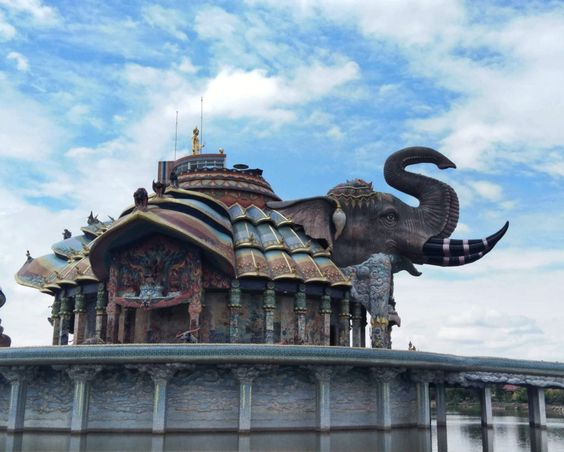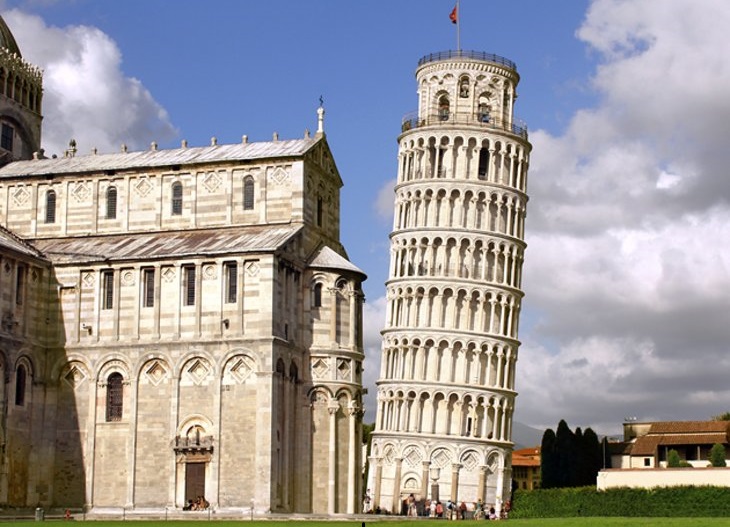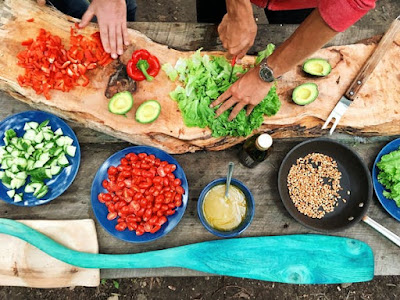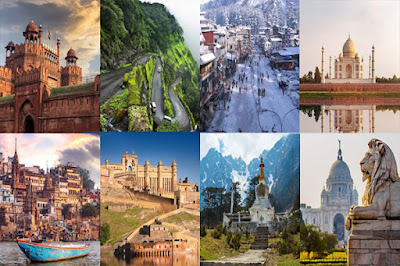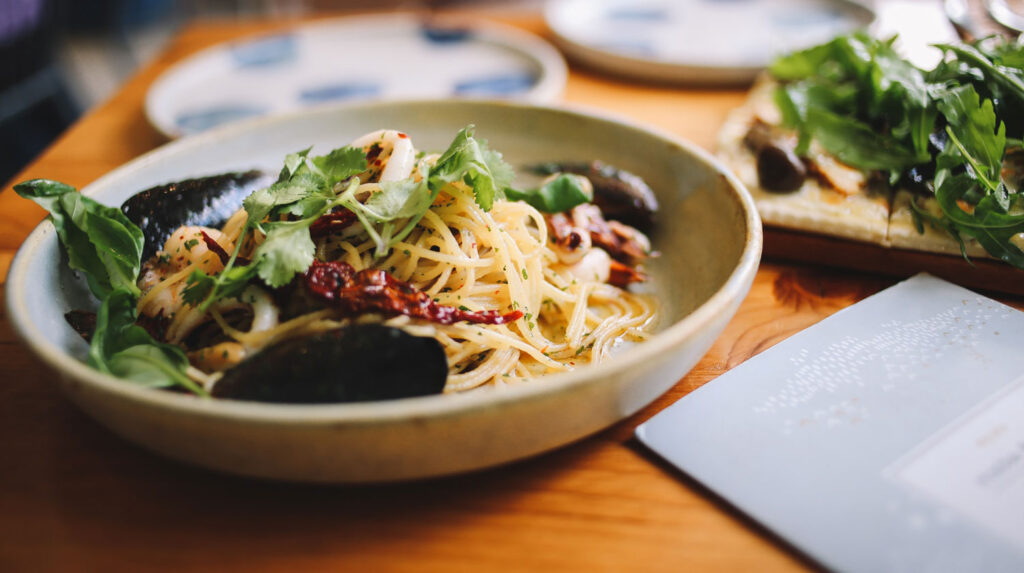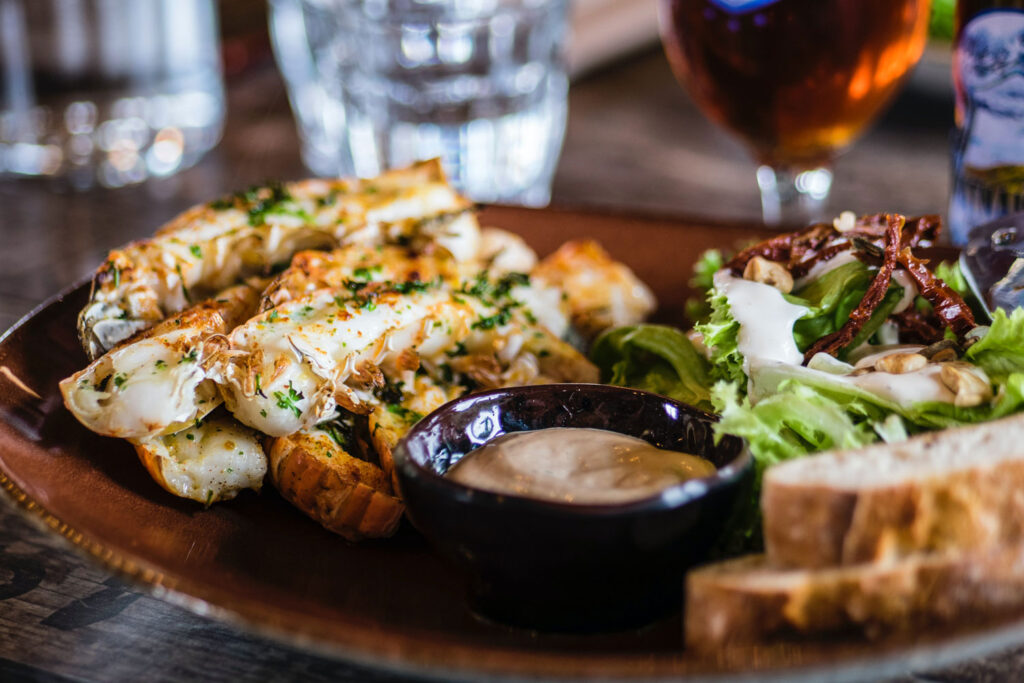Exploring the Land of Tradition and Flavor Japan’s Tourist and Cuisine
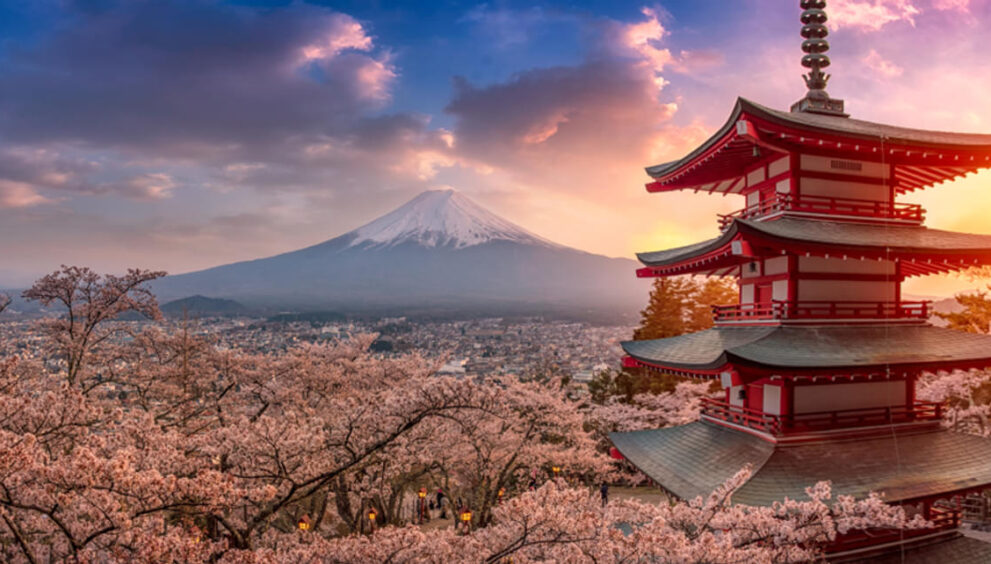
Japan, a country steeped in ancient tradition yet thriving in modernity, is a captivating destination that offers a blend of picturesque landscapes, rich cultural heritage, and a culinary scene that tantalizes taste buds. From the serene temples and gardens to the bustling cityscapes, Japan presents an array of tourist places that are sure to leave a lasting impression on any traveler.
Tokyo: The Dynamic Metropolis
The vibrant capital city, Tokyo, embodies the perfect fusion of tradition and innovation. With its towering skyscrapers, historic temples like Senso-ji in Asakusa, and the iconic Meiji Shrine nestled within lush greenery, Tokyo presents an eclectic mix of old and new.
Kyoto: Cultural Haven
Steeped in history, Kyoto is a treasure trove of Japan’s cultural heritage. Visitors can explore the iconic Fushimi Inari Shrine with its thousands of vermilion torii gates or immerse themselves in the tranquility of the Zen rock gardens at Ryoan-ji. The sight of geishas strolling through the streets adds a touch of mystique to this city.
Hiroshima: Historical Significance
A visit to Hiroshima offers a poignant reminder of the tragedies of war and the resilience of the human spirit. The Peace Memorial Park and Museum serve as powerful tributes to the city’s history, offering a reflective experience that is both somber and hopeful.
Nara: Serenity and Tradition
Nara, with its friendly deer roaming freely through Nara Park, offers a serene atmosphere. The Great Buddha at Todai-ji Temple stands as a testament to ancient craftsmanship and spiritual devotion.
Hokkaido: Natural Beauty
Nature enthusiasts will find solace in Hokkaido’s breathtaking landscapes. From the stunning lavender fields of Furano to the mesmerizing Blue Pond in Biei, Hokkaido is a haven for outdoor adventurers and those seeking tranquility amidst nature’s beauty.
Japanese Cuisine: A Gastronomic Adventure
Japan’s culinary scene is a gastronomic adventure in itself, renowned worldwide for its diverse flavors and meticulous preparation.
Sushi and Sashimi:
The freshest seafood meticulously crafted into delicate sushi or served as sashimi showcases the pinnacle of Japanese culinary artistry.
Ramen:
Steaming bowls of ramen, each region boasting its unique broth and noodle styles, offer a comforting and flavorsome meal.
Tempura:
Light and crispy tempura, featuring a variety of ingredients delicately coated and fried, is a culinary delight.
Wagyu Beef:
The world-famous Wagyu beef, with its marbled perfection and melt-in-your-mouth tenderness, is a must-try for meat lovers.
Matcha and Wagashi:
Indulge in the ceremonial Matcha tea or the exquisite Wagashi sweets, a delightful balance of flavors and textures.
Conclusion:
Japan, with its blend of ancient traditions and modern innovations, beckons travelers to explore its diverse landscapes and savor its delectable cuisine. From the bustling streets of Tokyo to the serene temples of Kyoto, every corner reveals a unique aspect of Japan’s rich cultural tapestry. And in every bite of sushi, slurp of ramen, or taste of Wagyu beef, one experiences the essence of Japanese culinary mastery. A journey through Japan is an invitation to immerse oneself in a world where tradition, beauty, and flavor harmoniously intertwine, leaving an indelible mark on the soul of every visitor.
FAQs about exploring Japan’s tourist gems and cuisine:
1. What are some must-visit tourist destinations in Japan?
Answer: Japan offers a diverse range of attractions. Must-visits include Tokyo for its modernity, Kyoto for its historic temples, Osaka for its vibrant food scene, Hiroshima for its poignant history and Hokkaido for its natural beauty.
2. What makes Japanese cuisine unique and irresistible?
Answer: Japanese cuisine is renowned for its emphasis on fresh, seasonal ingredients, precise culinary techniques like sushi-making, and a delicate balance of flavors. It’s also known for its artful presentation, such as in kaiseki meals or the simplicity of a perfectly crafted bowl of ramen.
3. What are some traditional dishes to try in Japan?
Answer: Sushi, sashimi, tempura, ramen, udon, yakitori, and kaiseki are some traditional Japanese dishes worth trying. Don’t miss out on regional specialties like okonomiyaki in Osaka or takoyaki in Kyoto.
4. Is it easy to navigate Japan as a tourist, especially if I don’t speak Japanese?
Answer: Japan is known for its efficient public transportation system and English signage in major tourist areas. Additionally, many locals are accommodating, making it relatively easy to navigate even without speaking Japanese.
5. What etiquette should tourists follow when dining in Japan?
Answer: Removing shoes before entering some restaurants or homes, saying “Itadakimasu” before eating, and not sticking chopsticks upright in rice are some common etiquette. Additionally, tipping is not customary in Japan.
6. Are there vegetarian or vegan options available in Japan?
Answer: While Japan’s traditional cuisine heavily features seafood and meat, vegetarian and vegan options are becoming more available. Look for specialized restaurants and dishes like vegetable tempura, tofu-based meals, or Buddhist temple cuisine (shojin ryori).
7. When is the best time to visit Japan?
Answer: Spring (late March to May) is popular for cherry blossoms, while autumn (September to November) offers beautiful foliage. However, each season has its charm, so the best time depends on personal preferences.
8. What are some off-the-beaten-path destinations in Japan worth exploring?
Answer: Places like Kanazawa, Takayama, Naoshima Island, and the Tohoku region offer unique experiences away from the usual tourist circuits, showcasing traditional crafts, art, and local customs.
9. How do I experience a traditional Japanese tea ceremony?
Answer: Many temples or cultural centers offer tea ceremony experiences. It’s advisable to book in advance, as these ceremonies often require reservations.
10. Are there any specific customs or traditions I should be aware of when visiting shrines or temples?
Answer: Dress modestly, avoid loud behavior, and show respect by bowing slightly before entering. You may also cleanse your hands and mouth at the purification fountain (chozuya) before entering the main shrine or temple area.











